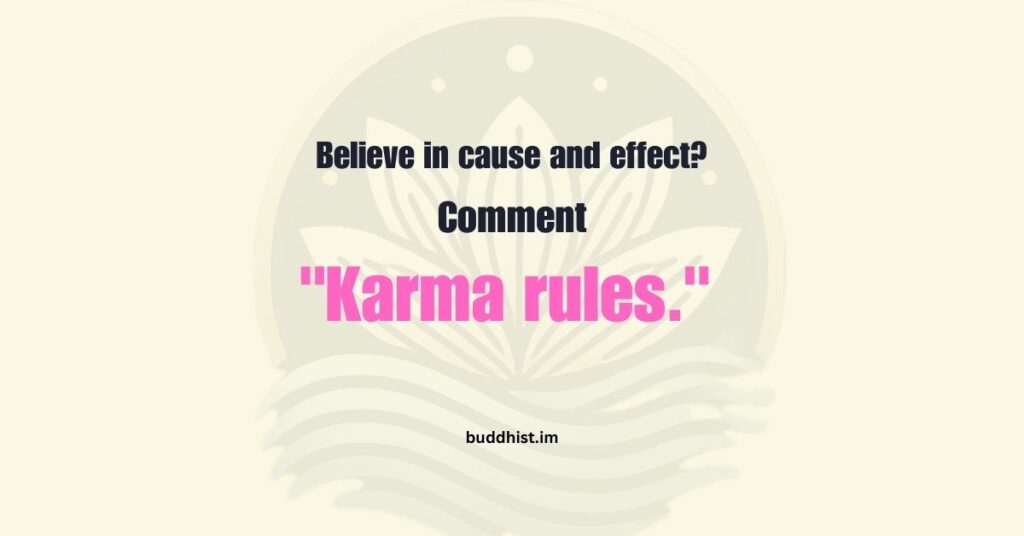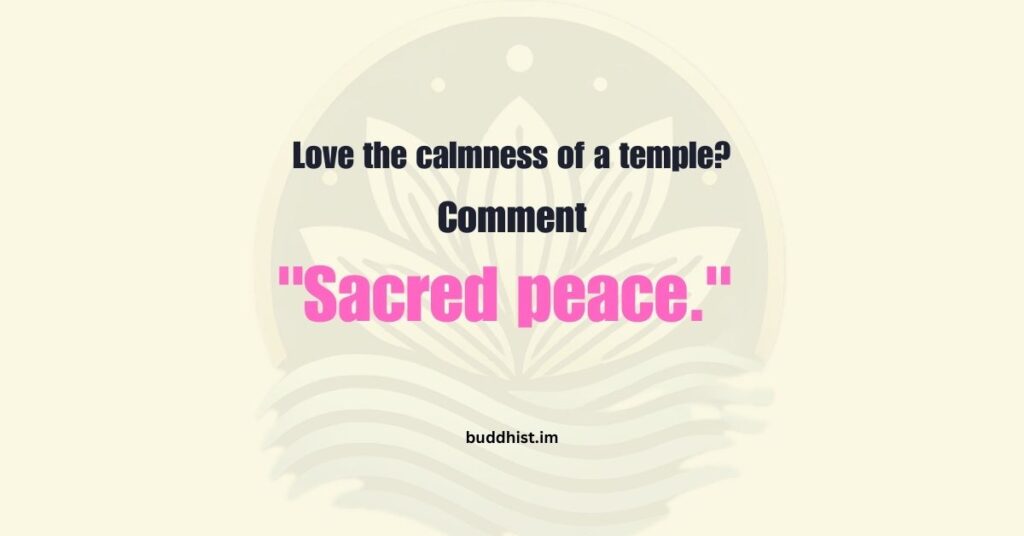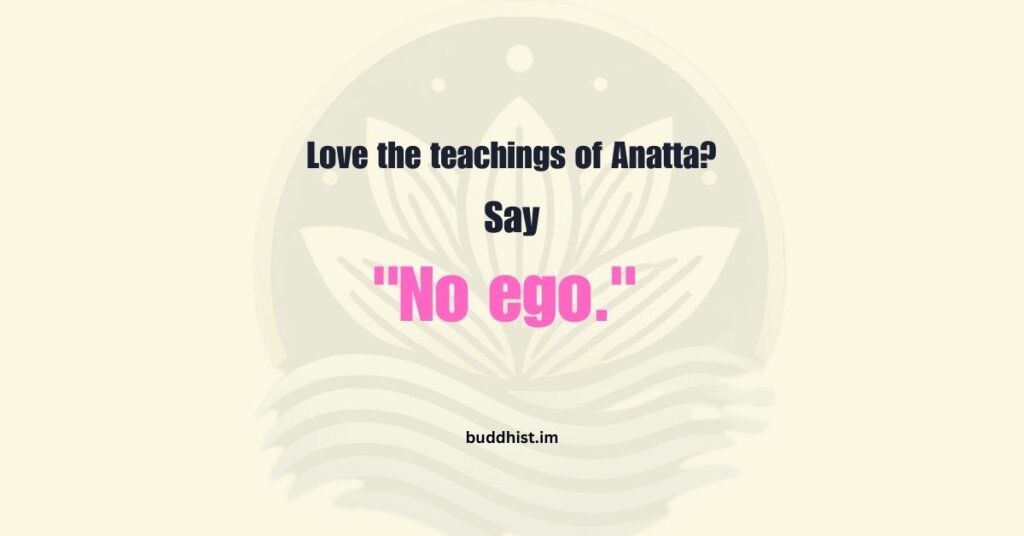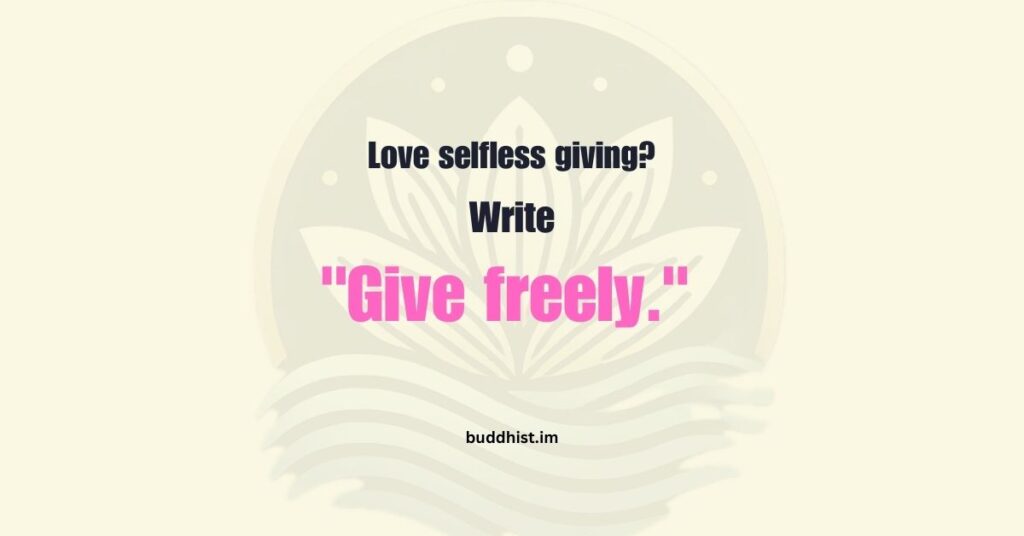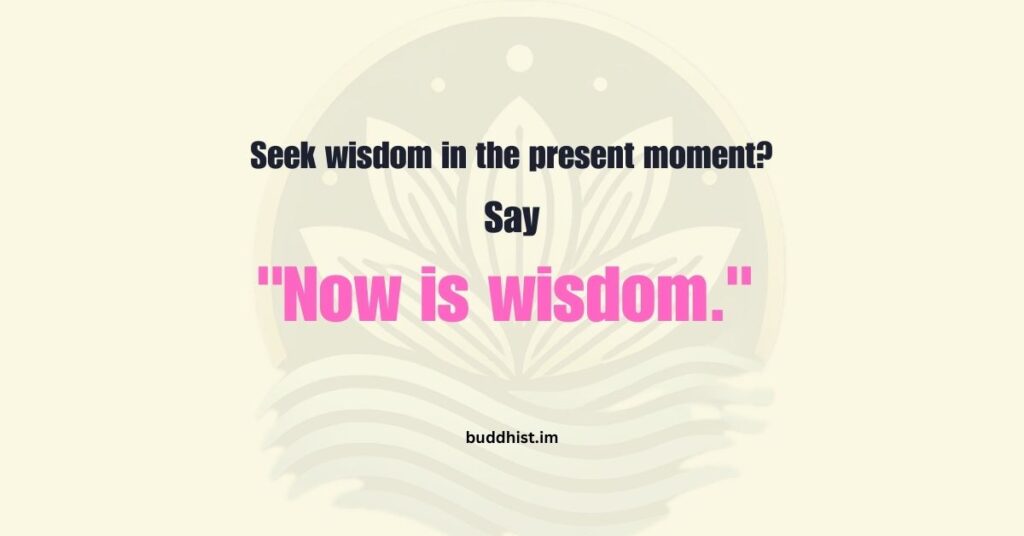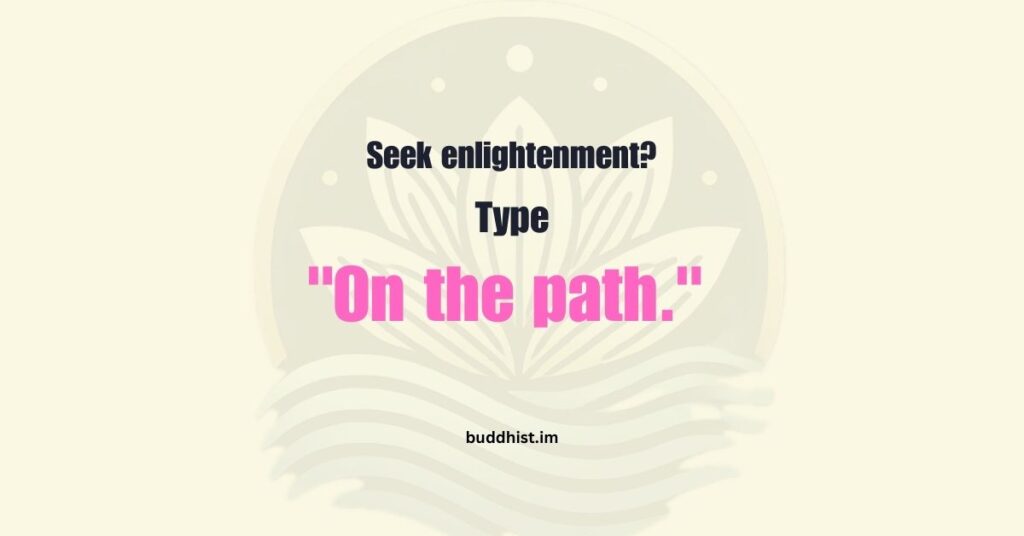Transparency, it sounds so simple, doesn’t it? Be honest, open up, and voila! You’ve unlocked the golden path to happiness in marriage. But let’s be real here, folks: if transparency were that easy, there wouldn’t be so many couples secretly googling “How to communicate better” or “Why is my spouse mad at me?” (Don’t worry, we’ve all been there!).
As a couple striving for happiness in a Buddhist-inspired way, you already value mindfulness, compassion, and harmony. But even with these values, being transparent in a relationship can feel like trying to fold a fitted sheet, confusing and awkward. So, why is transparency so tricky? And more importantly, how can we fix it? Let’s explore this with a mix of wisdom, humor, and practical advice.
The Real Reason Transparency Is Tough
Here’s the surprising truth: transparency isn’t hard because we’re bad people or don’t love our partners. It’s hard because we’re human.
Think about it. We grow up learning to put on masks for the world. In school, we’re told to “act proper.” At work, we’re encouraged to “keep it professional.” And on social media? Oh boy, it’s all about showing our highlight reels. Somewhere along the way, we get really good at hiding our true selves.
Then we fall in love, and suddenly, someone’s asking us to peel back those layers and be completely open. That’s a lot to ask! Add in the fear of judgment, the worry about conflict, and the natural human instinct to protect ourselves, and transparency starts to feel like an emotional obstacle course.
But don’t lose hope just yet. Transparency is achievable, and it’s so worth it. When done right, it creates deeper connection, trust, and, yes, more happiness in your marriage.
Step 1: Start With Yourself
Before you can be transparent with your partner, you need to get real with yourself. Take a quiet moment (maybe after your morning meditation or while sipping tea) and ask:
- What am I afraid to share, and why?
- Are there emotions I’m avoiding?
- Am I clear about my own needs and desires?
Buddhism teaches us to practice self-awareness without judgment. So, whatever comes up, greet it with compassion. Maybe you’re afraid to admit that you feel overwhelmed, or perhaps you’ve been holding back on expressing a dream or worry. Acknowledge it. This is the foundation of transparency.
Step 2: Create a Safe Space for Sharing
Let’s set the scene. Imagine you’re in the middle of a cozy living room (or maybe on your favorite hiking trail). The vibe is chill, the phones are off, and you’re both fully present. This is your safe space to share.
A safe space means:
- No Judging: Listen to each other with the same kindness you’d offer a stranger on the street who needs directions.
- No Interrupting: Let your partner finish their thoughts before jumping in with yours (even if you’re dying to respond!).
- No Fixing: Sometimes, your partner doesn’t need a solution. They just need to feel heard.
Pro tip: Use phrases like, “Thank you for sharing that,” or “I’m so glad you told me.” These little acknowledgments go a long way in making your partner feel safe.
Step 3: Embrace the “Uncomfortable” Stuff
Transparency isn’t all rainbows and butterflies. Sometimes, it means saying, “Hey, I’m struggling right now,” or “I messed up, and I’m sorry.” It’s not always fun, but it’s powerful.
Here’s the trick: reframe discomfort as growth. In Buddhism, we learn that challenges are opportunities to practice mindfulness and compassion. So, instead of thinking, “Ugh, this is hard,” try thinking, “Wow, this is an opportunity to grow closer.”
Remember, transparency isn’t about being perfect. It’s about being honest. And honesty, even when it’s uncomfortable, builds trust.
Step 4: Celebrate the Wins
Did you share something vulnerable? High five! Did your partner open up about something they’ve been holding in? Do a happy dance together! (Seriously, happy dances are underrated.)
Celebrating small wins reinforces the behavior you want to see more of. It also brings a playful, lighthearted energy into your relationship, which is always a good thing.
Bonus Tip: Use Humor as a Bridge
Let’s not underestimate the power of humor. Sharing a tough truth? Throw in a joke to lighten the mood. For example, if you’re admitting that you forgot to pay a bill, you could say, “Apparently, I thought mindfulness applied to everything except due dates.”
Humor doesn’t diminish the seriousness of your transparency. It simply makes it more approachable.
A Final Thought
Transparency is like yoga, it takes practice, and some days you’ll be more flexible than others. But every little effort counts, and over time, it gets easier. By practicing mindfulness, creating a safe space, embracing discomfort, and celebrating your progress, you’ll unlock a level of connection that feels truly magical.
So, to all you happy (and aspiring happy) Buddhist-inspired couples out there: go forth, get transparent, and keep building that joyful, harmonious marriage. And hey, if it ever gets tricky, just remember, you’re not alone. We’re all figuring this out one honest conversation at a time.
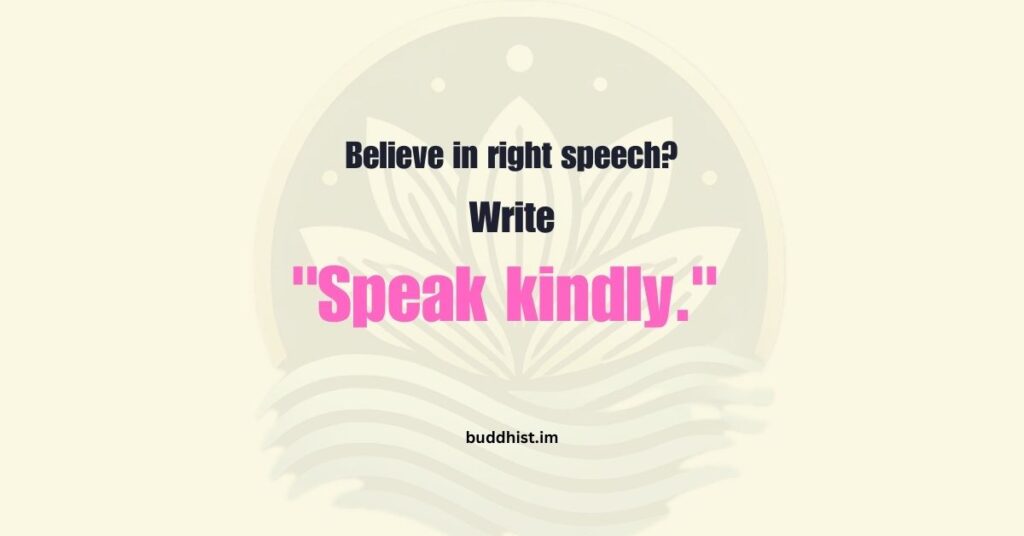
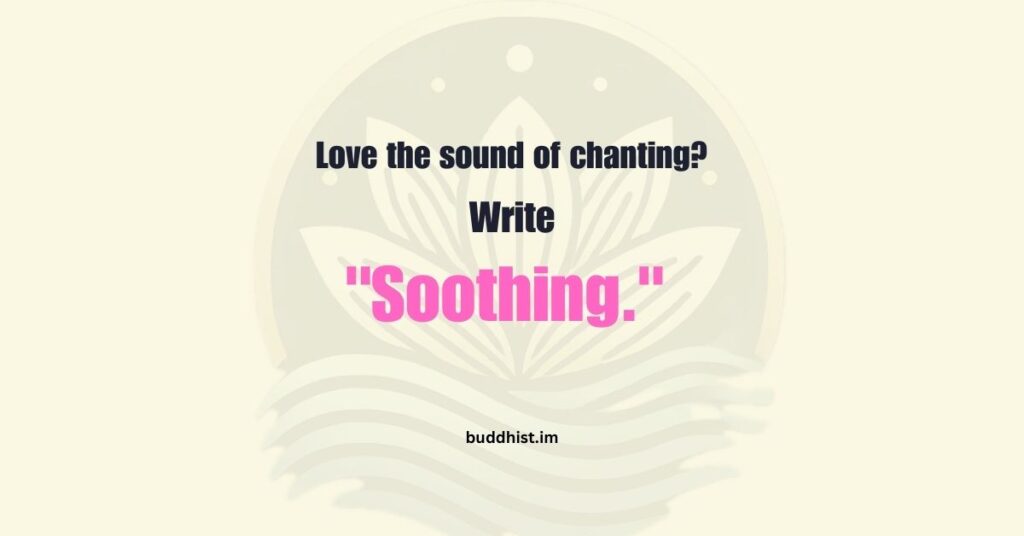
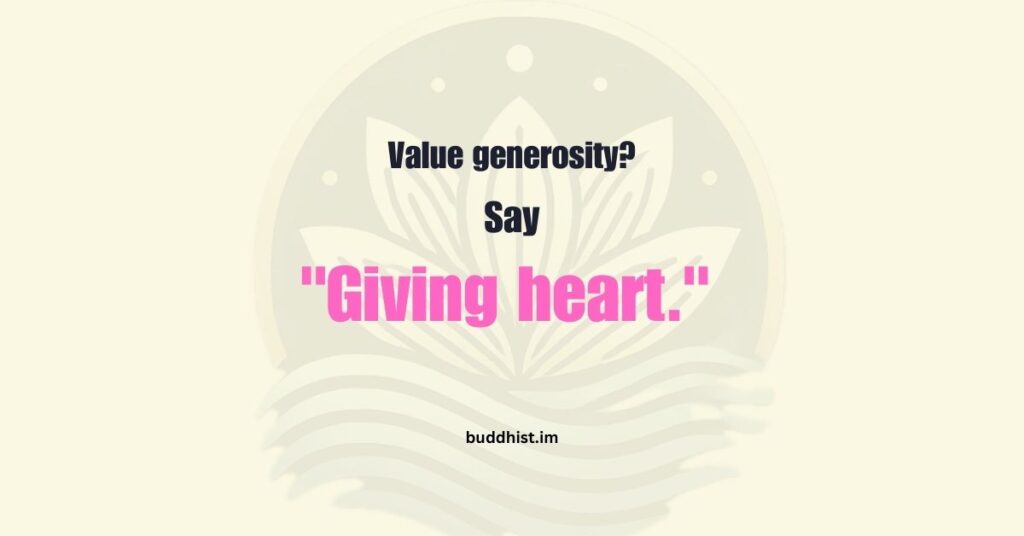
![Stop Losing Yourself in Marriage, [Here’s the Fix]](https://buddhist.im/wp-content/uploads/2025/01/Stop-Losing-Yourself-in-Marriage—Heres-the-Fix-1024x536.jpg)
![Stop Over-Explaining [Here’s What to Do Instead]](https://buddhist.im/wp-content/uploads/2025/01/Stop-Over-Explaining-Heres-What-to-Do-Instead-1024x536.jpg)

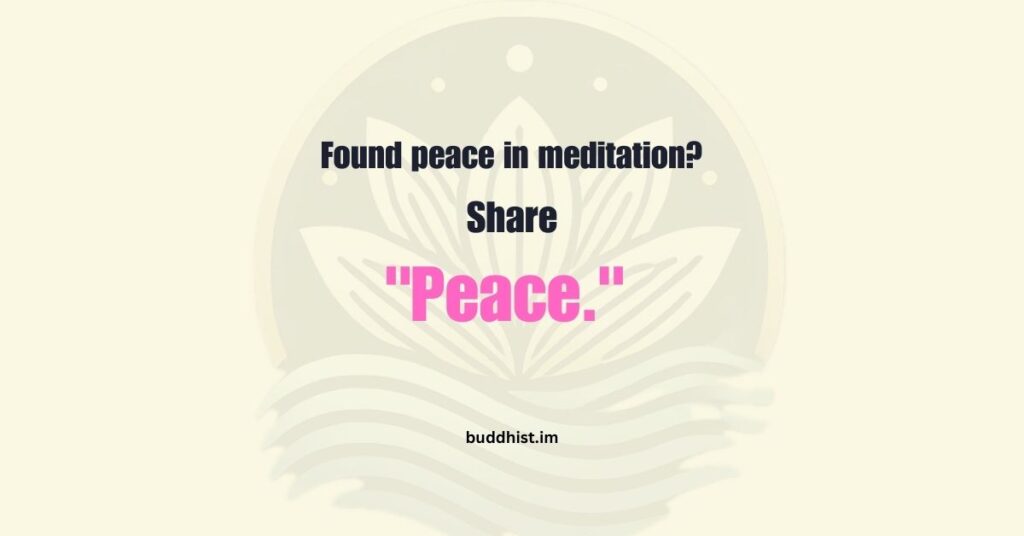
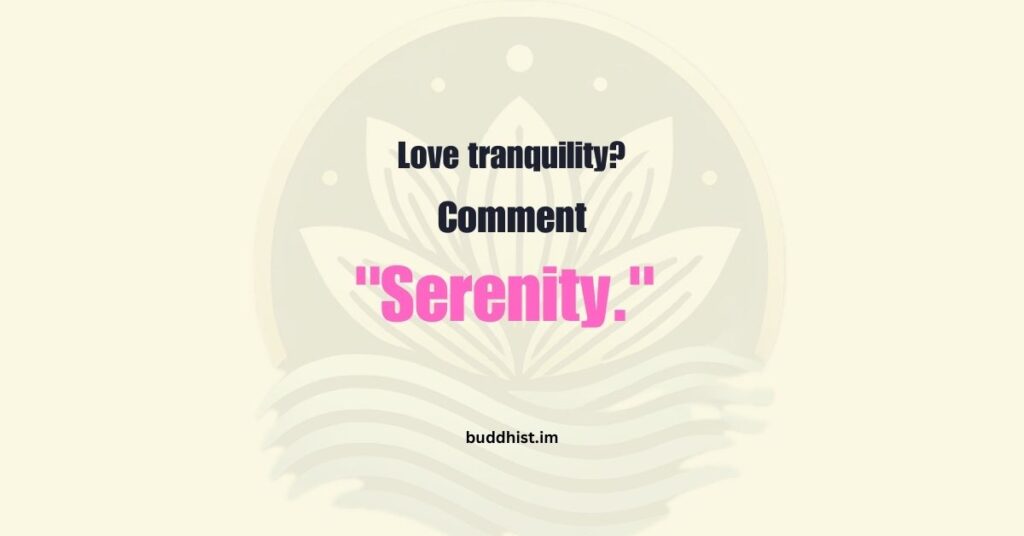


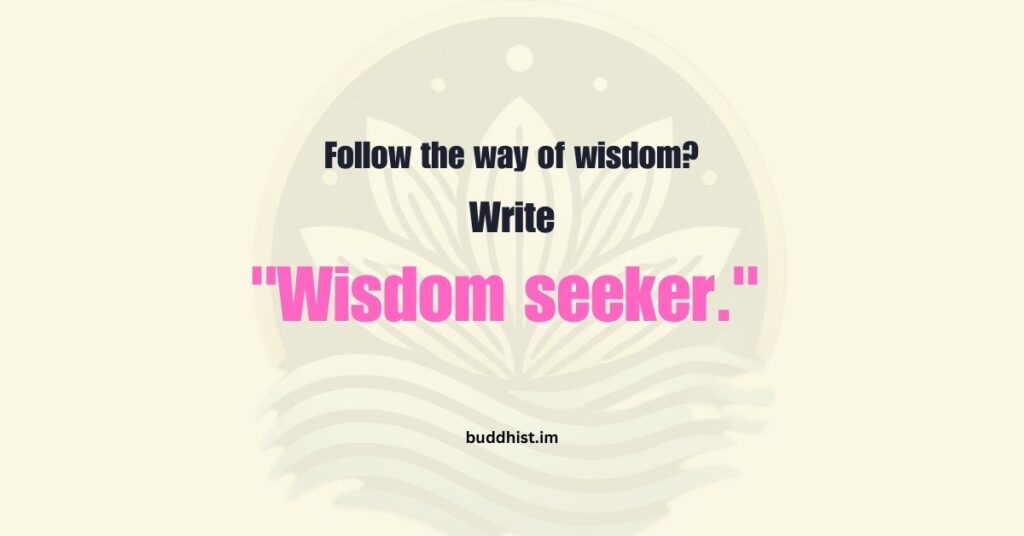
![[Trust Thrives on THIS] And It’s Easier Than You Think!](https://buddhist.im/wp-content/uploads/2025/01/Trust-Thrives-on-THIS—And-Its-Easier-Than-You-Think-1024x536.jpg)
